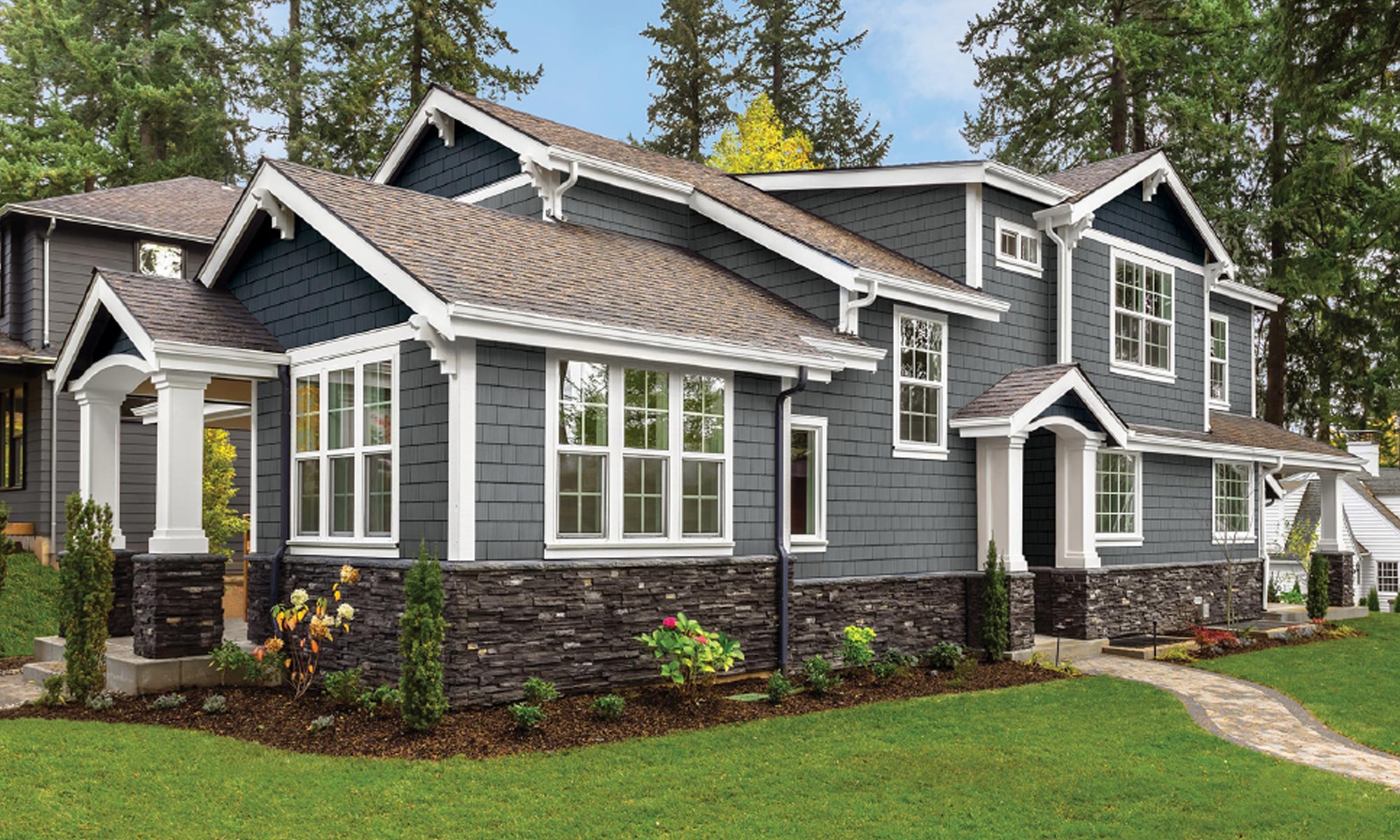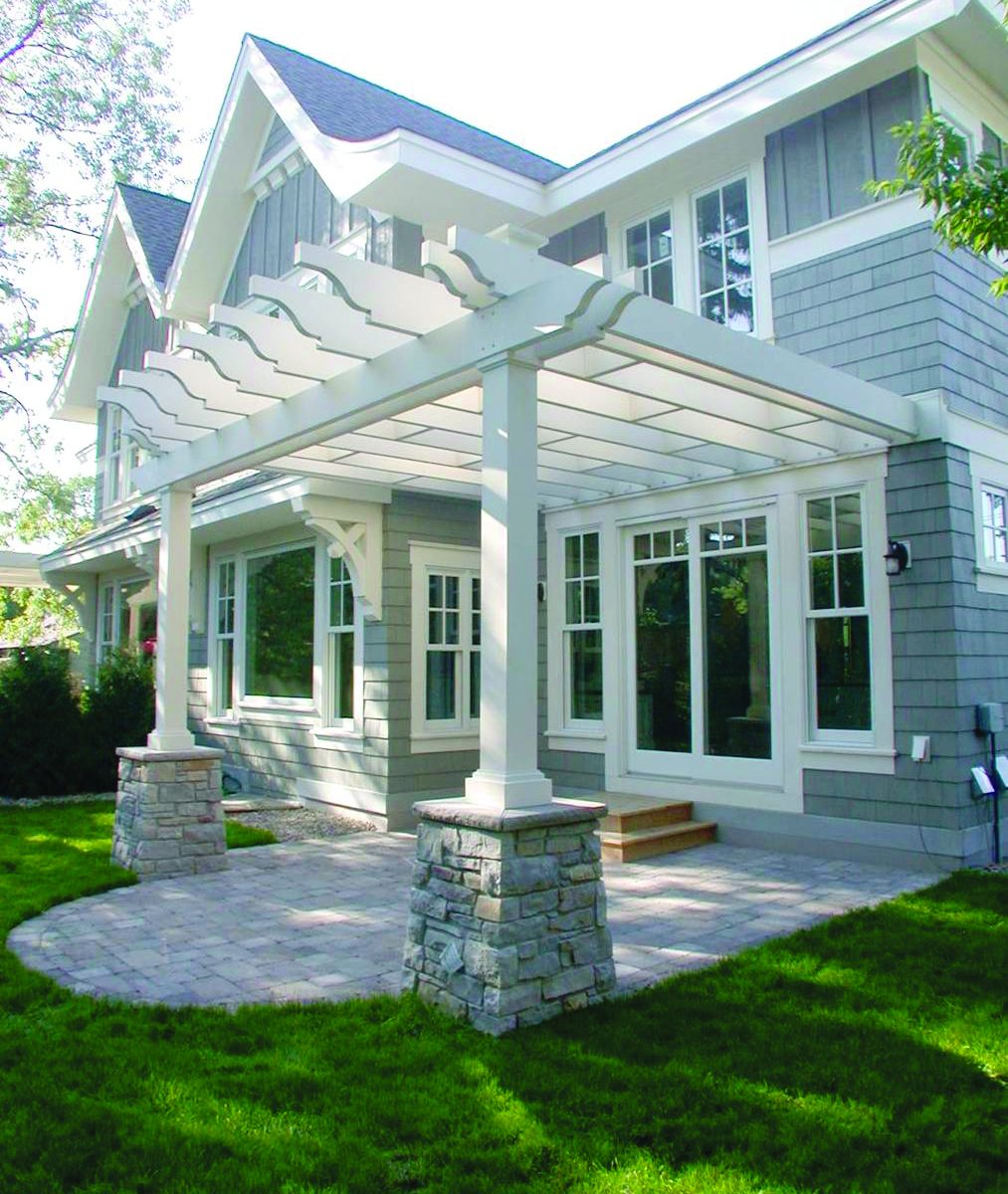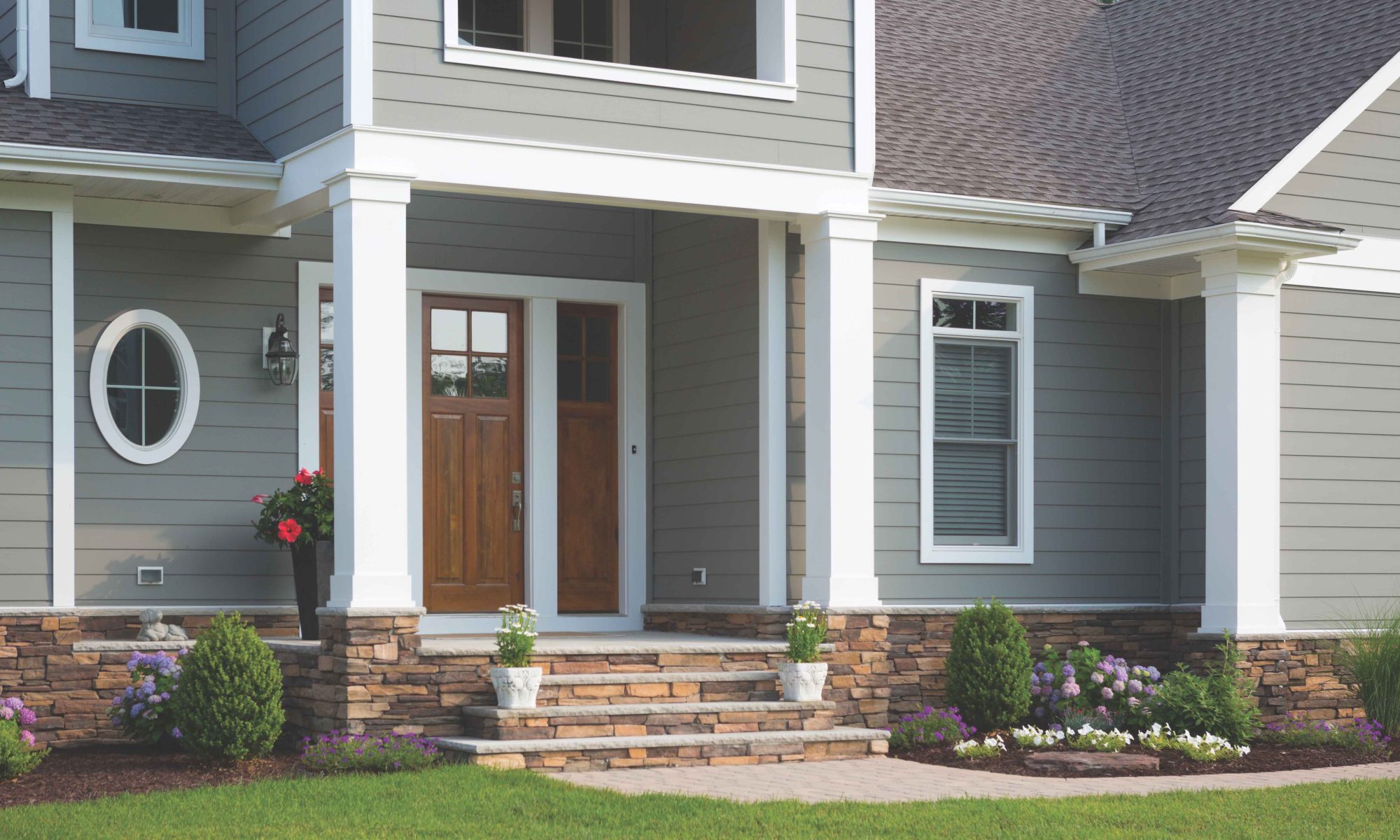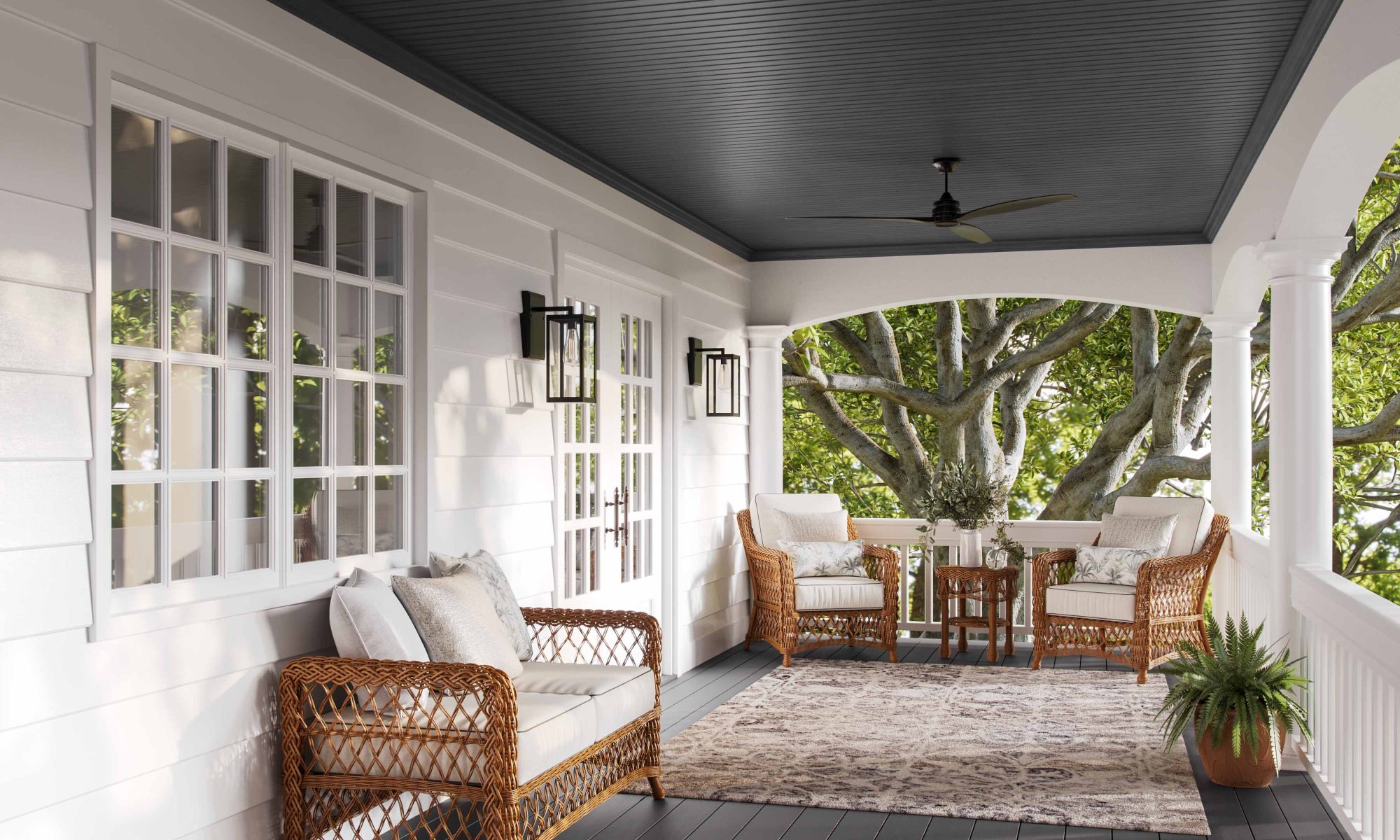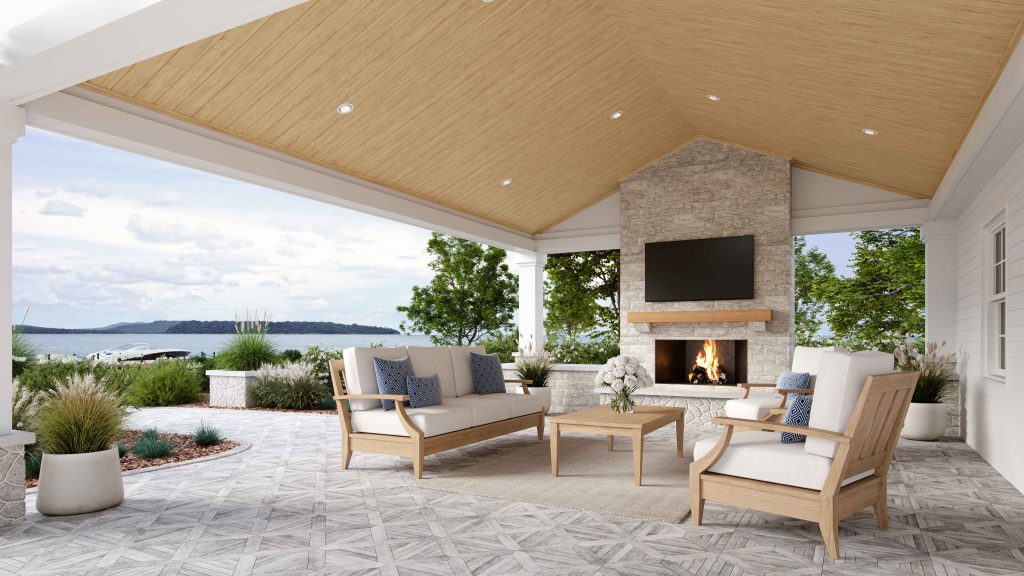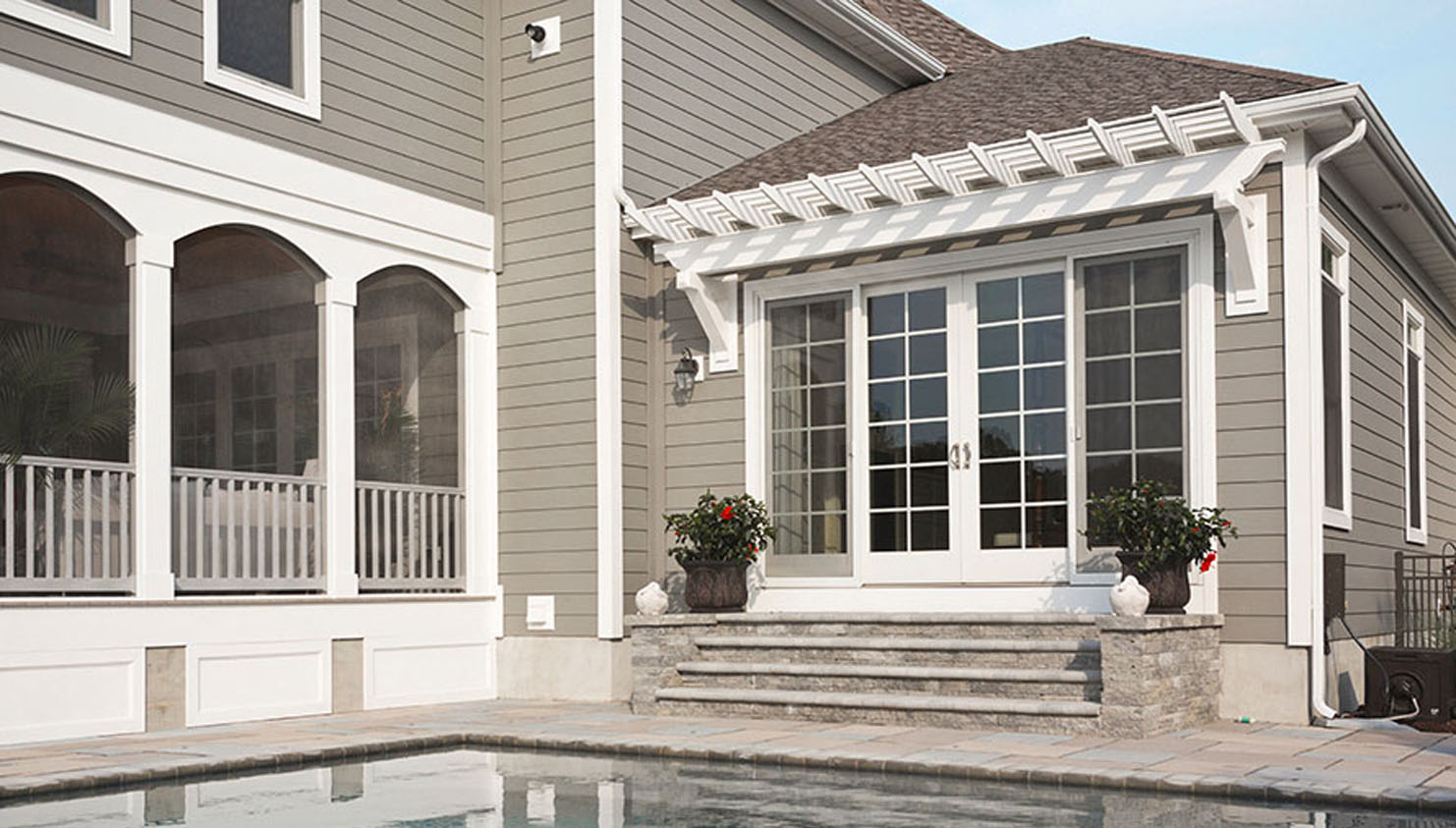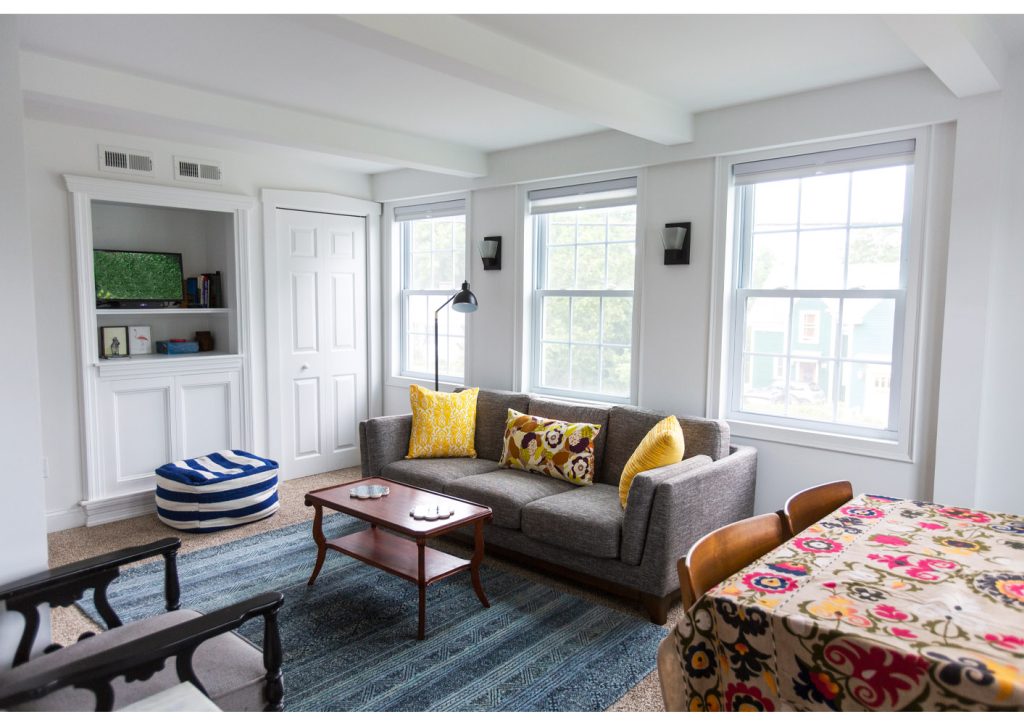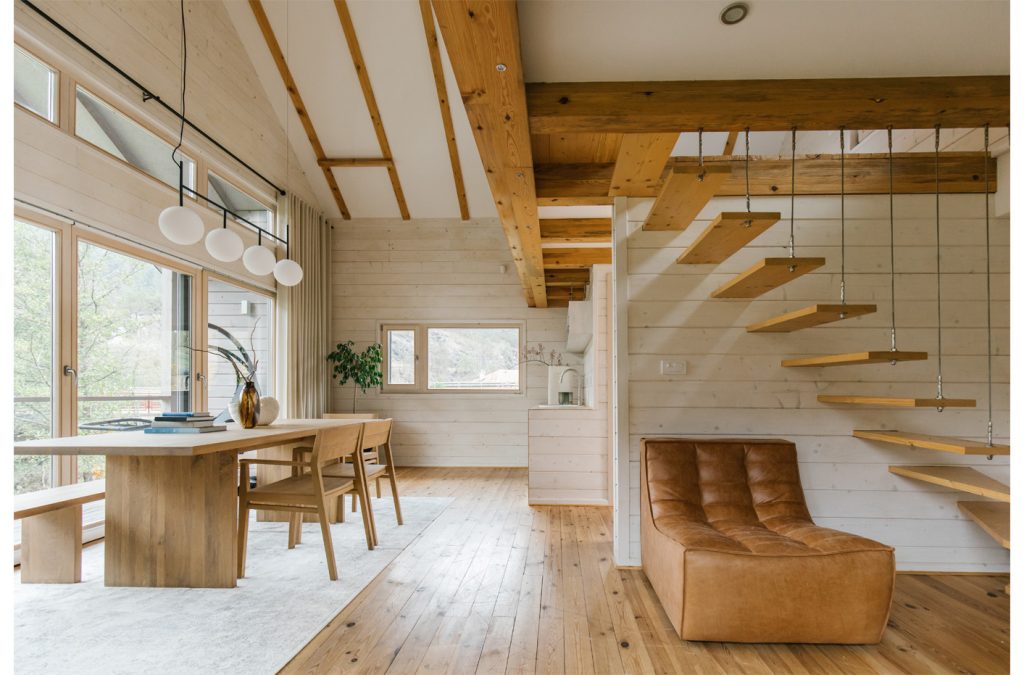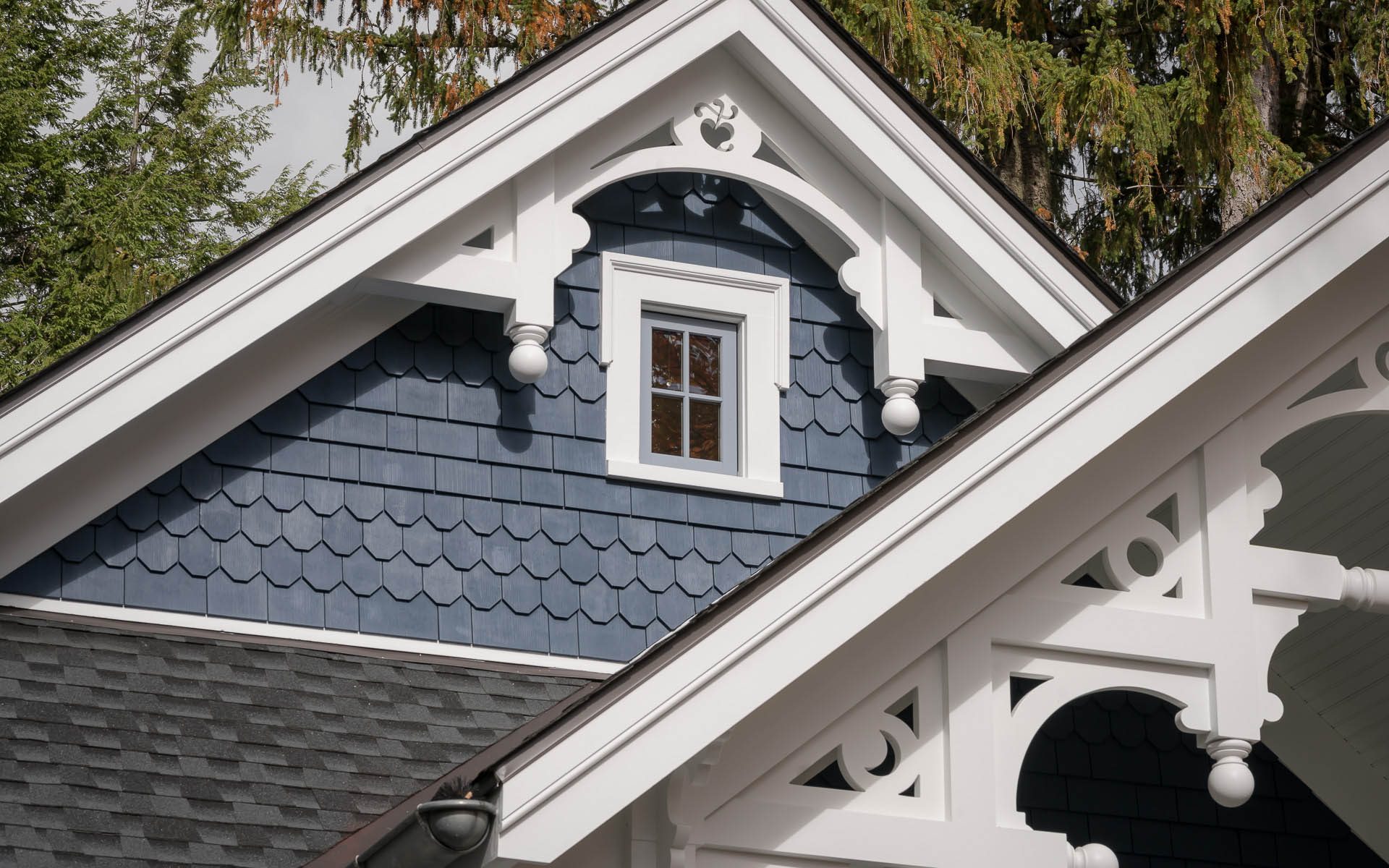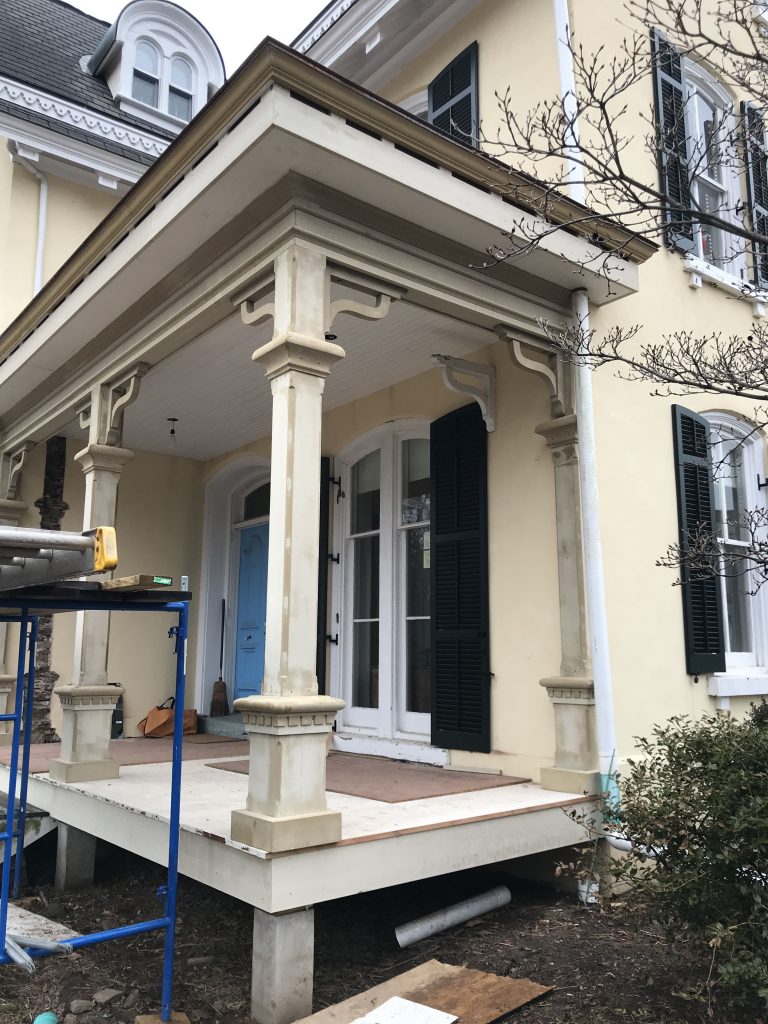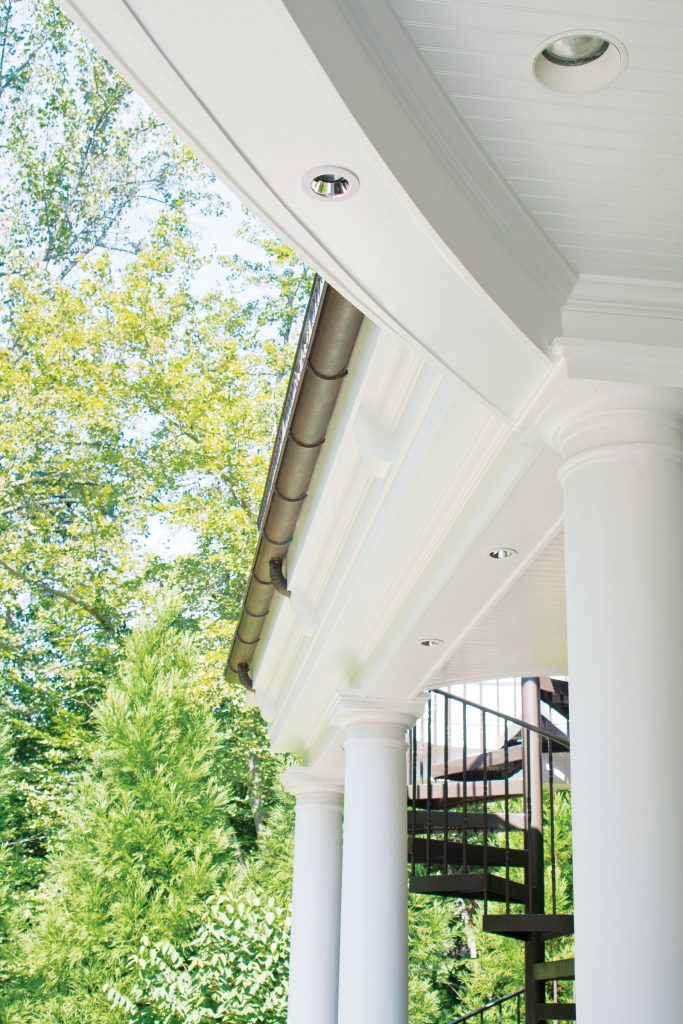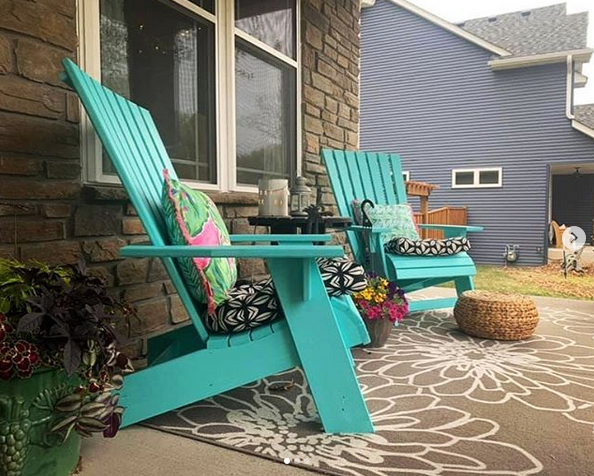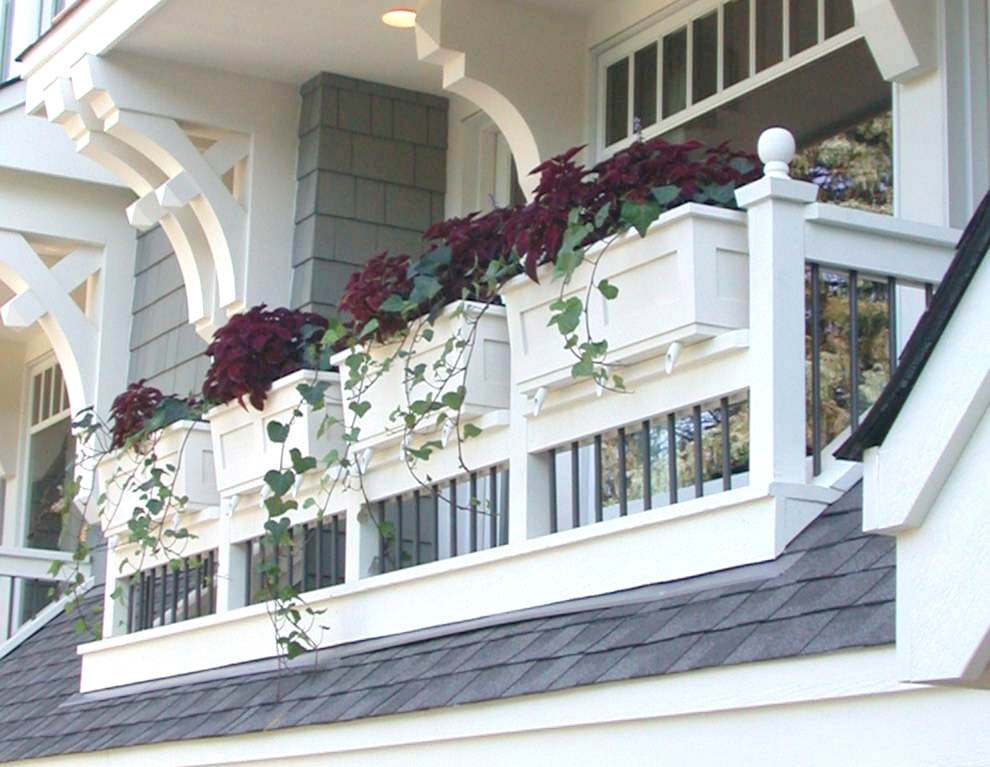The right trim can bolster a home’s curb appeal or transform the style of an interior room. And with so many options available, professionals aren’t restricted to just wood trim any longer. PVC trim is highly workable, so milling cellular PVC trim provides tremendous flexibility for designs.
Benefits of PVC Trim
PVC trim like Westlake Royal® Trim, Skytrim®, and Kleer® offer the look of wood but with a number of advantages. PVC trim absorbs very little moisture; as such, it is resistant to rot, mold, and insects; it can be used in ground- and masonry-contact applications; and it doesn’t require paint or stain for weather protection. These same attributes also make PVC trim suitable for high-moisture interior areas such as a bathroom or a baseboard that can be exposed to water.
With a smooth and woodgrain options along with the capabilities to be heat-bent, milled, and routed, it’s easy to elevate a home’s curb appeal with the ideal finish.
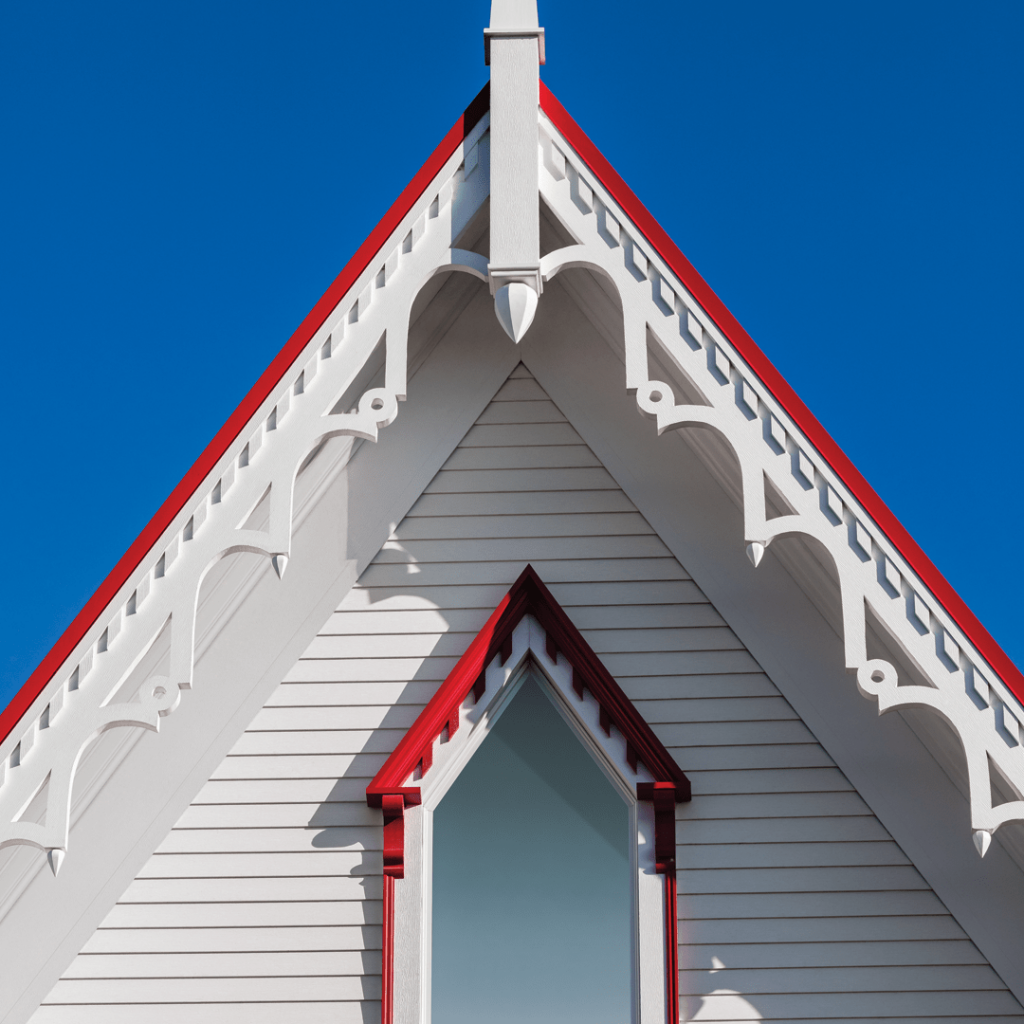
Best Practices for Milling Cellular PVC Trim
Contractors can mill cellular PVC trim using traditional woodworking machinery and tools. For more intricate designs, a CNC machine may be needed.
Consider these best practices to get the most out of your PVC trim:
Safety first.
When using milling and cutting tools, always follow the manufacturer’s safety requirements and instructions.
Start milling cellular PVC trim with lower RPMs and work your way up.
Because the feel for milling cellular PVC is different from standard wood, professionals may need to adjust the speed slowly to find their comfort zone.
Use the chip load calculator.
Some machinery comes with preinstalled chip load calculators. If one is available, it can help to determine feed rate more easily.
Keep bits and cutter heads sharp.
High speed steel is good for milling, but carbide is even better. If diamond-coated is available, however, it should be the choice of anyone milling cellular PVC.
Don’t cut cold PVC.
PVC trim expands and contracts lengthwise with temperature changes. This means it could be cut to the wrong size if milled while cold. Store the product at room temperature prior to milling in wintry conditions.
Use the right tool for each type of cut.
Not every tool is equal when it comes to milling cellular PVC trim. Typical woodworking machinery, blades, and bits are ideal for PVC milling, but each type of tool has its own use. A 10” or 12” miter saw blade is perfect for finishing end-cuts and miter joints rather than cutting decorative shapes—that’s where a 10-TPI jig saw needs to come in. Be sure to use the right tool for each task rather than one tool to cover everything.
Sand and seal after milling cellular PVC trim.
Sand exposed surfaces with 320-grit sandpaper and wipe them down with acetone to seal the cell structure. Be sure to follow any manufacturer safety guidelines.
Manage static.
Saw dust from cellular PVC has more static buildup than wood, which isn’t an issue for small jobs; however, larger milling jobs will require sawing or routing profiles to be covered lightly in static guard or anti-static spray. They may occasionally need to be resprayed, depending on the length of the job.
Find the Right Options for Milling Cellular PVC Trim
The right trim can make all the difference for your milling experience. Browse Westlake Royal’s selection of PVC trim to find an easy-to-work-with solution for any project.
Not sure where to begin when it comes to picking the right trim? Check out our exterior trim inspiration.
